Image Archive






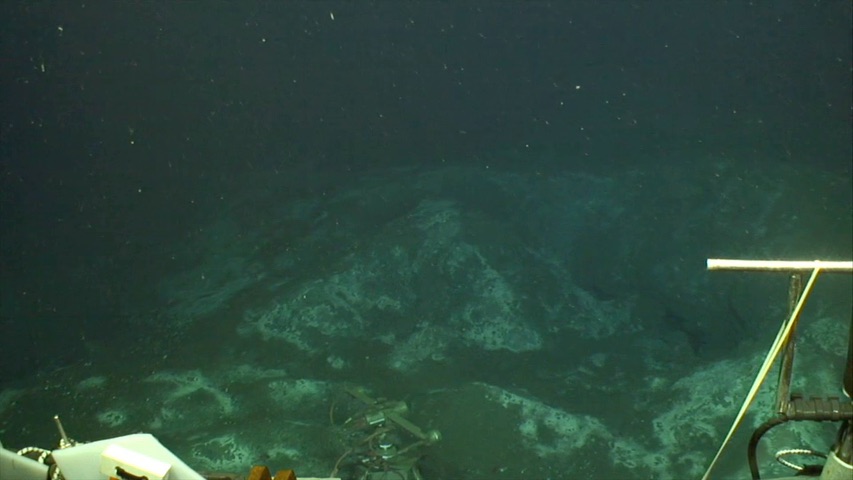





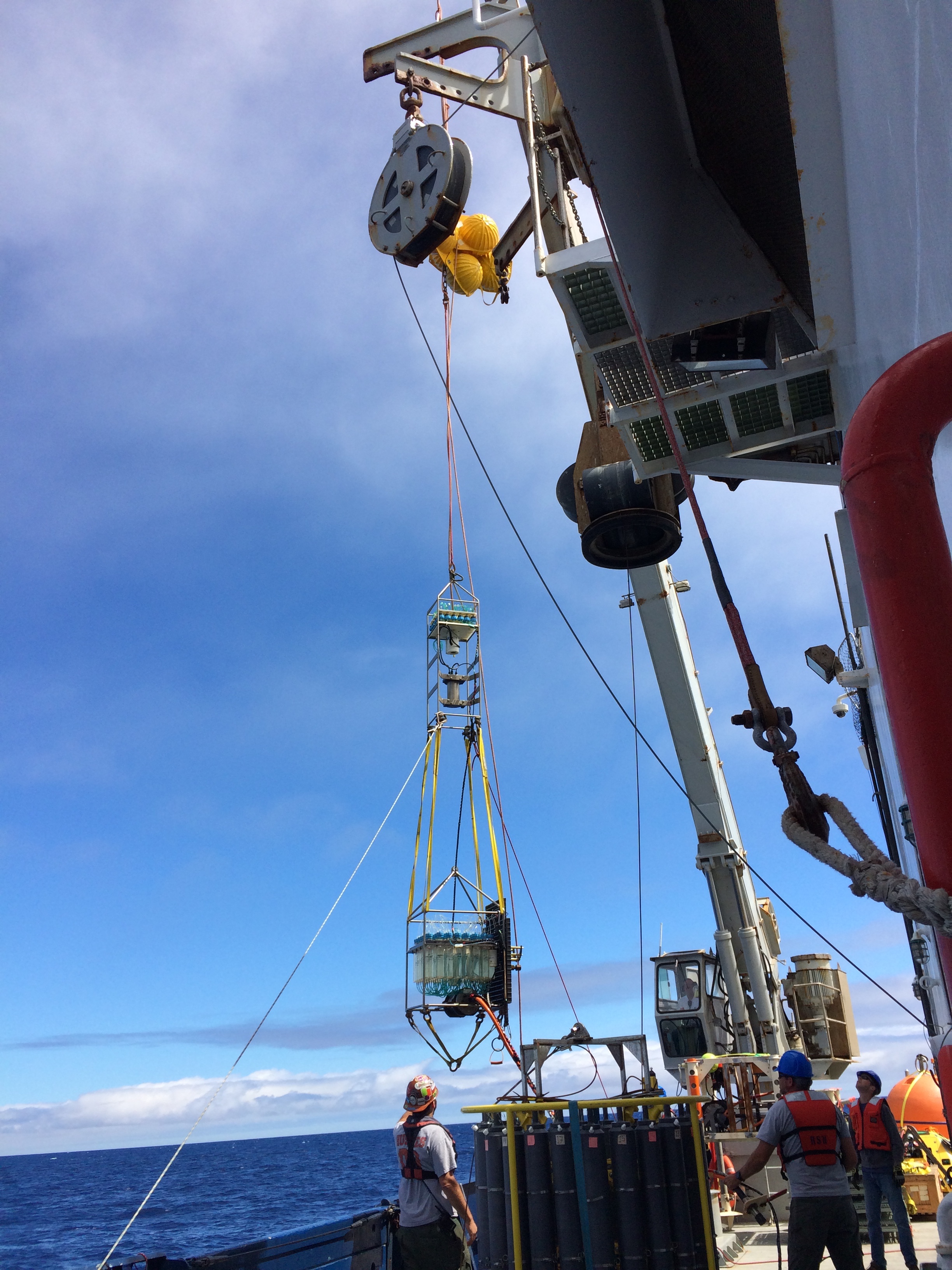





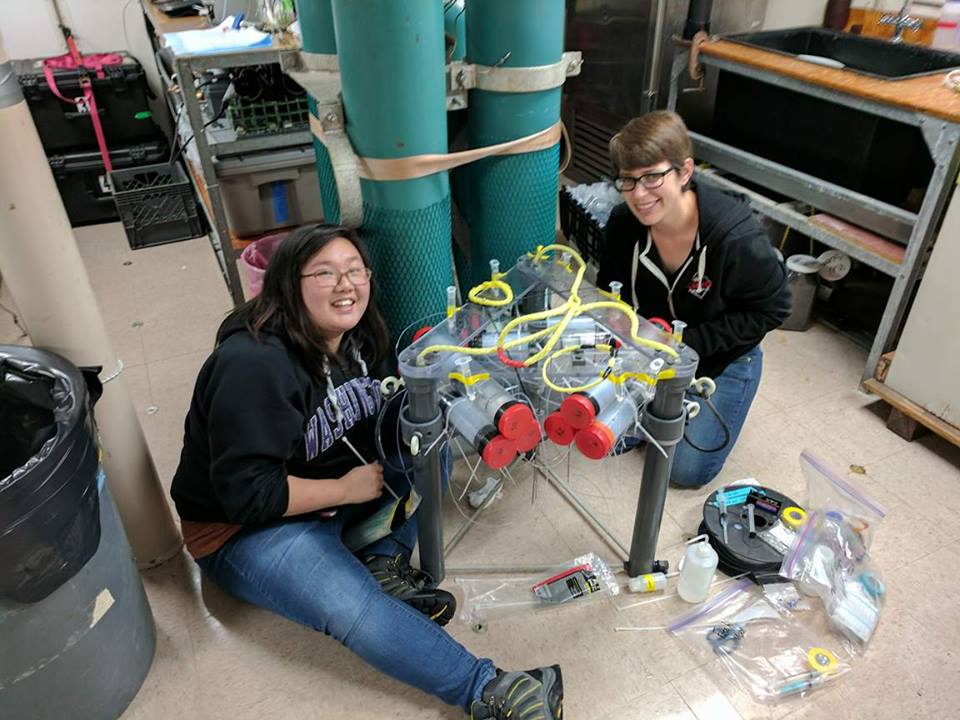
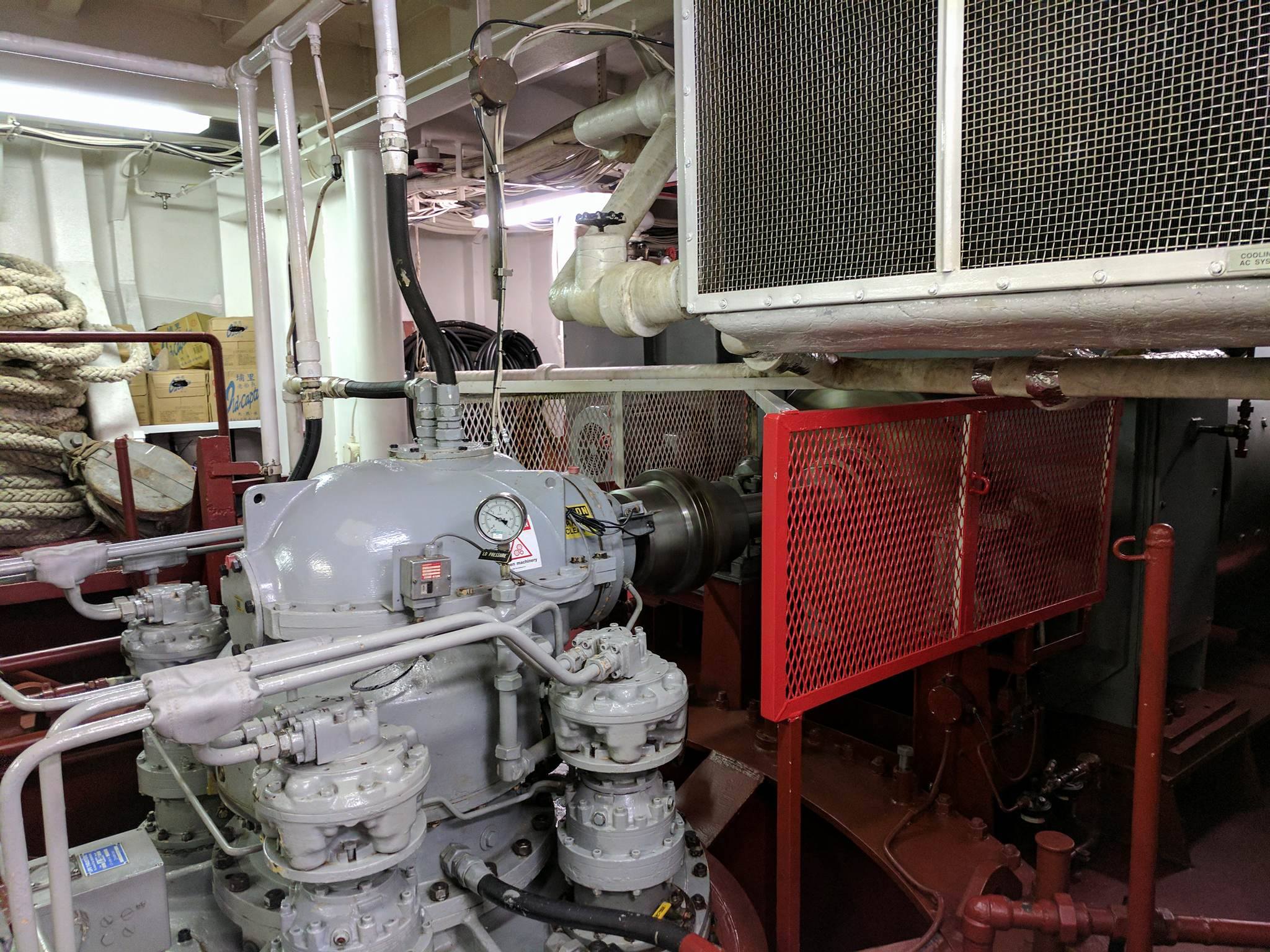




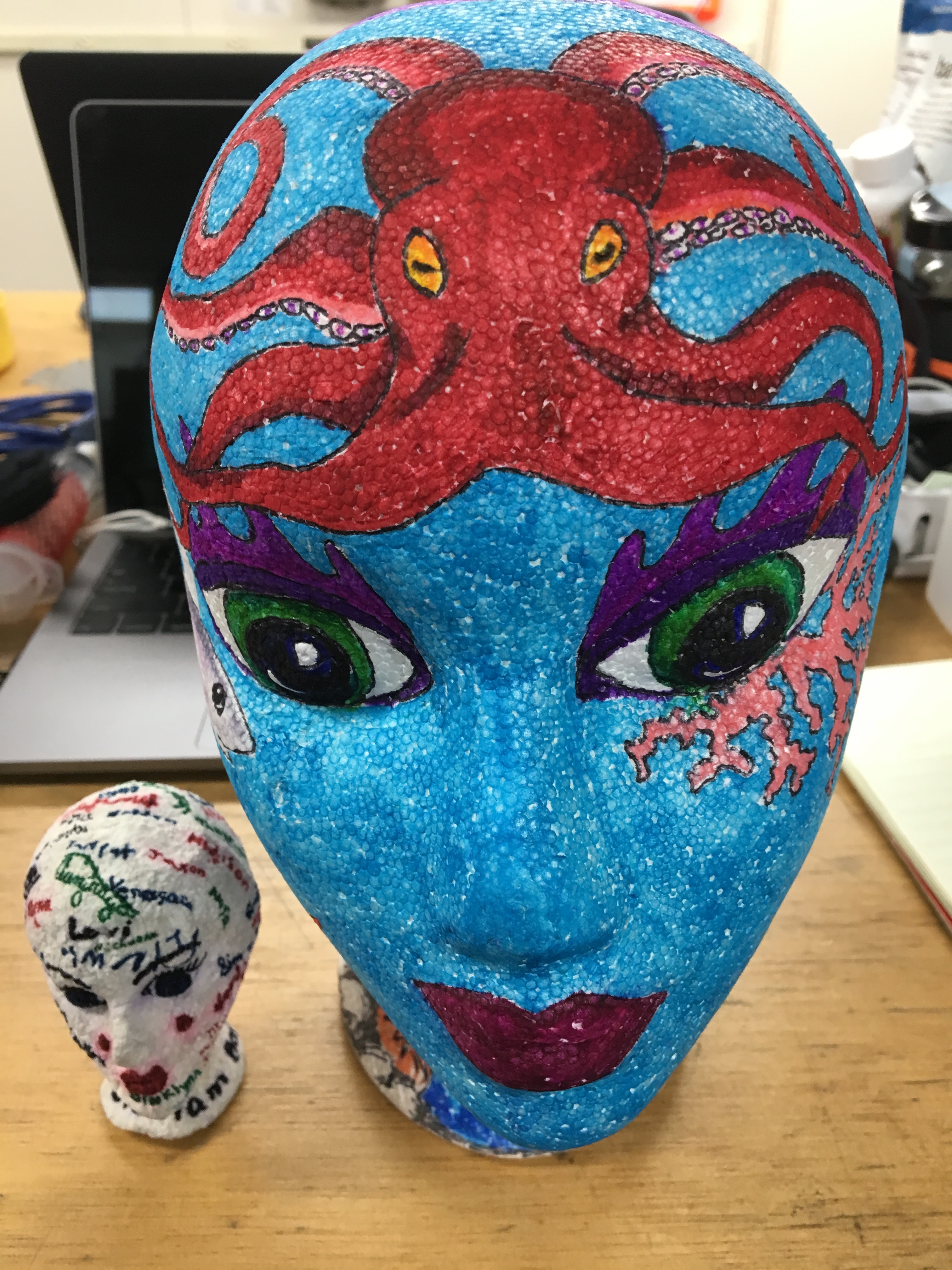




j983highlights-poster

Three tier zooplankton net in the water at Endurance Array 80 m site. Photo by Ann Stafford

j982highlights-poster

Terrain map, photo by Aaron Mau

Steaming from Axial Base to Endurance Array Offshore. Photo by Ann Stafford

On the Bridge, photo by Ann Stafford

j981highlights-poster

j980highlightsskadi-poster

j980highlightsid-poster

screenshot2017-08-24at1.38.20pm

Mitch Elend demonstrates a sampling technique for the RASFL instrument to UW students Aaron Mau, Addien Wray, Daniel Tran, and Tran Do Bao. Credit: J. Nelson, Grays Harbor College, V17

View from the Control Van for Jason. Photo by Aaron Mau

Retrieving fluid sampler of hydrothermal vents. Photo by Ann Stafford

APL Mechanical Engineer, Nicholas, working on the electronics housing mechanism. The spool with cable is behind him. Photo by Ann Stafford

Photo by Addien Wray

The partial solar eclipse from the deck of the R/V Revelle as viewed through the clouds.

Scientists and students onboard the R/V Revelle try to catch a glimpse of the solar eclipse under cloudy skies during the transit to Axial Caldera. Credit: M. Elend, University of Washington, V17.

The R/V Revelle transits to Newport at the end of Leg 2 of the VISIONS'17 expedition. Credti: M. Elend, University of Washington, V17.

UW Graduate Student Theresa Whorley (right) and undergraduate Michelle Lee (left) prepare a Moquito flow meter that allows calculation of fluid flux into and out of the sediments at Southern Hydrate Ridge - a tough measurement to make. Credit: Kevin Eyer, Kingston Middle School, V17.

A view of the engine room on the R/V Roger Revelle - the ship crew gave a fantastic tour to the VISIONS'17 science-education team. Credit: K. Eyer, Kingston Middle Schoo, V17.

Kevin Eyers' schrunken sytrofoam cups to take back into the Kingston Middle School classroom. These cups were taken down to almost 3000 m, about 300 times greater pressure than on land. Credit: K. Eyer, Kingston Middle School, V17.

UW Oceanography graduate student Zach Cooper works to set up a CTD to sample deep-sea fluids and the microbes that thrive in the cold, near freezing waters of the NE Pacific. Credit: Sasha Seroy, University of Washington, V17.

The camera was reinstalled in the ASHES hydrothermal field during Leg 2 of the Cabled Array OOI-NSF VISIONS17 cruise. The structure is ~ 3.5 m tall and covered in tube worms, limpets, scaleworms and palmworms. This camera has a brush on it so that it can clean its 'face' of biofouling. Credit: UW/OOI-NSF/WHOI; V17.

A shot of the newly installed HD camera lighting up the face of the actively venting Mushroom chimney in the ASHES hydrothermal field. Credit: UW/OOI-NSF/WHOI; V17.

A sytrofoam head (left) provided by the Clallam Bay School, Washington was taken down to ~9500 ft. It stands next to a "normal sized" styrofoam head designed by Tracie Barry, a previous VISIONS' student. At this depth, the pressure of the overlying ocean is almost 300 times that on land. Credit: D. Kelley, University of Washington, V17.

UW students Chanelle Cadot and Michelle Lee help graduate student Theresa Whorley recover the Mosquito benthic flow meters from the Jason elevator used to transport equipment to and from the seafloor. Credit: M. Elend, University of Washington, V17. Helping with the Osmotic Fluid Samplers

Cheryls' styrofoam cup was dramatically drecreased in size as it was transported on the CTD to ~9500 ft beneath the oceans' surface. Credit: C. Greengrove, University of Washington; V17.

The R/V Revelle transited to Axial Seamount under bumpt seas with winds (up to ~ 25 knts), but under beautiful blue skies. Credit: D. Kelley, University of Washington, V17.
- Anemone
- Animal
- Arthropod
- ASHES
- Axial
- Axial Base
- Axial Biology
- Axial Caldera
- Bacteria
- Basalt Lava
- BEP
- Biofouling
- biolgoy
- Biology
- Camds
- Camera
- Camhd
- Central Caldera
- Ciliates
- Cnidaria
- Coastal Biology
- Crab
- Deep Profiler Mooring
- Dive Highlights
- Eastern Caldera
- Echinoderms
- Endurance Array
- Engineering Team
- ENLIGHTEN 10
- Exploratorium
- Fish
- Geology
- HD Camera
- HPIES
- Hydrate Ridge
- Hydrates
- Hydrophone
- Hydrothermal Vents
- Illustration
- Inshore 80 Meters
- Instrument
- International District
- J-BOX
- Jason
- Jellyfish
- Junction Box
- K12
- Lava
- Mollusk
- Moorings
- Nodes
- Nudibranch
- Octopus
- OOI
- Oregon Offshore
- Oregon Offshore 600 m
- Oregon Shelf
- Oregon Slope Base
- People
- PN1B
- PN1D
- Polychaetes
- PPSDN
- Primary Node
- RASFL
- ROCLS
- ROPOS
- ROPOS Dives
- ROV Team
- RV Revelle
- RV Sikuliaq
- RV Thompson
- Salp
- Sample
- SC13
- Science Team
- Sea Cucumber
- Sea Star
- Sea Urchin
- Seafloor
- Seismometer
- Sensors
- Shallow Profiler Mooring
- Shark
- Shipboard
- Shore Station
- Slope Base
- Smoker
- Soft Coral
- Southern Hydrate Ridge
- Sponge
- Squid
- Students
- Students & Guest Participants
- Tmpsf
- Tubeworms
- VISIONS 11 Leg 1
- VISIONS 11 Leg 2
- VISIONS 11 Viewers
- VISIONS 13
- VISIONS 14
- VISIONS 15
- VISIONS 16
- VISIONS 17
- VISIONS 18
- VISIONS 20
- VISIONS 22
- VISIONS 23
- Visualization
